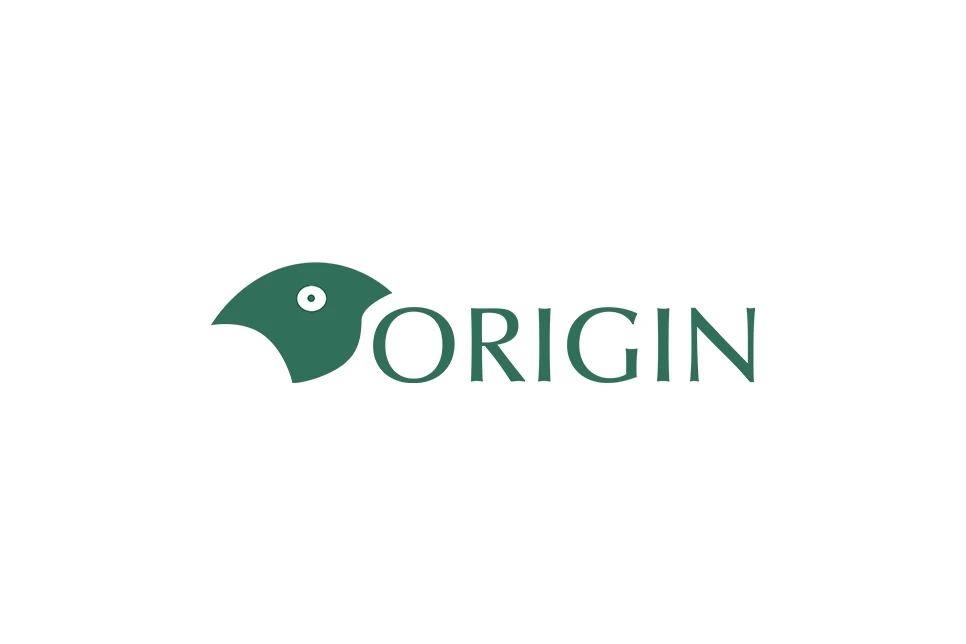In this blog, author and Clear Skies CEO Adam Day reflects on his early experience with misconduct cases, what he’s learned since, and how editors can respond to the growing threat of papermills. From preparing your data and screening processes to taking decisive action, it’s clear: “Know Your Author” is more than a mantra—it’s a line of defense.
At a time when content is abundant, associations are reimagining how they connect with members in ways that are not only relevant, but also authentic.
Every decade or so, scholarly publishing is forced to adapt to disruption. But today’s crisis is different. We’re not just facing economic or technological change—we’re watching the infrastructure of science itself come under political threat.
We asked our colleagues a simple question: If you could read the scholarly publishing industry news headlines of 2030 what would they say?
Angela Cochran explores the wide-ranging impact of public access policies on publishers, researchers, and the integrity of the scholarly record, highlighting key changes from NIH, DOE, NASA, and NSF.
In this Q&A, Tim shares insights on KGL Smart Review integration partner, DataSeer’s latest innovation, SnapShot.
Meetings and events play a pivotal role in fostering collaboration, advancing knowledge, and driving strategic initiatives for professional associations, academic societies, and organizations.
Feeling the pressure at work? You’re not alone. Many of us struggle to balance workplace expectations with our own well-being. In today's post from ORIGINal Thoughts, author Randy Townsend MPS suggests that rather than let frustration take over, it’s time to Ctrl+Alt+Delete your stress.
Based in Arvada, CO, and employing a wide network of experienced editorial professionals, Origin offers a full complement of peer review management, copyediting/proofreading, and production services, as well as consultancies, for a wide range of journal and other publishing needs.










